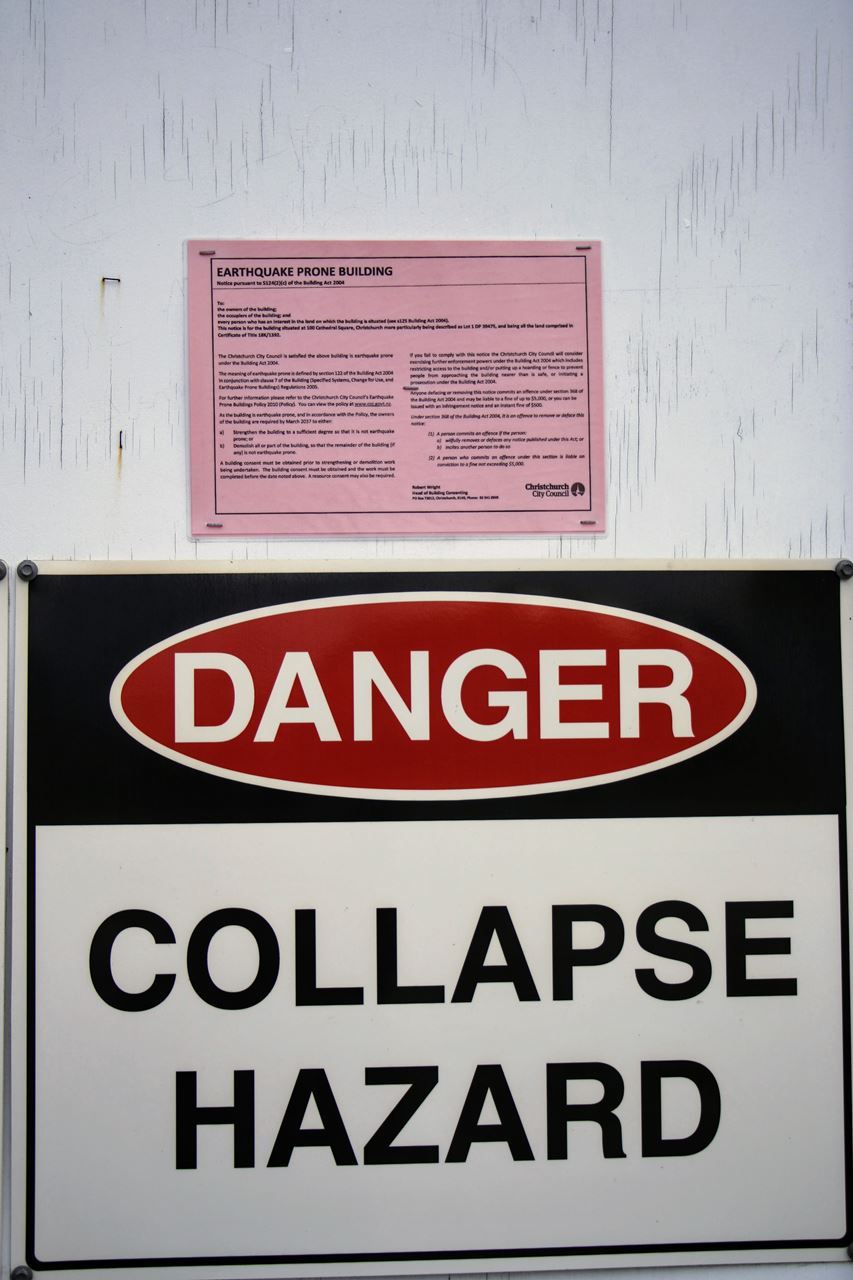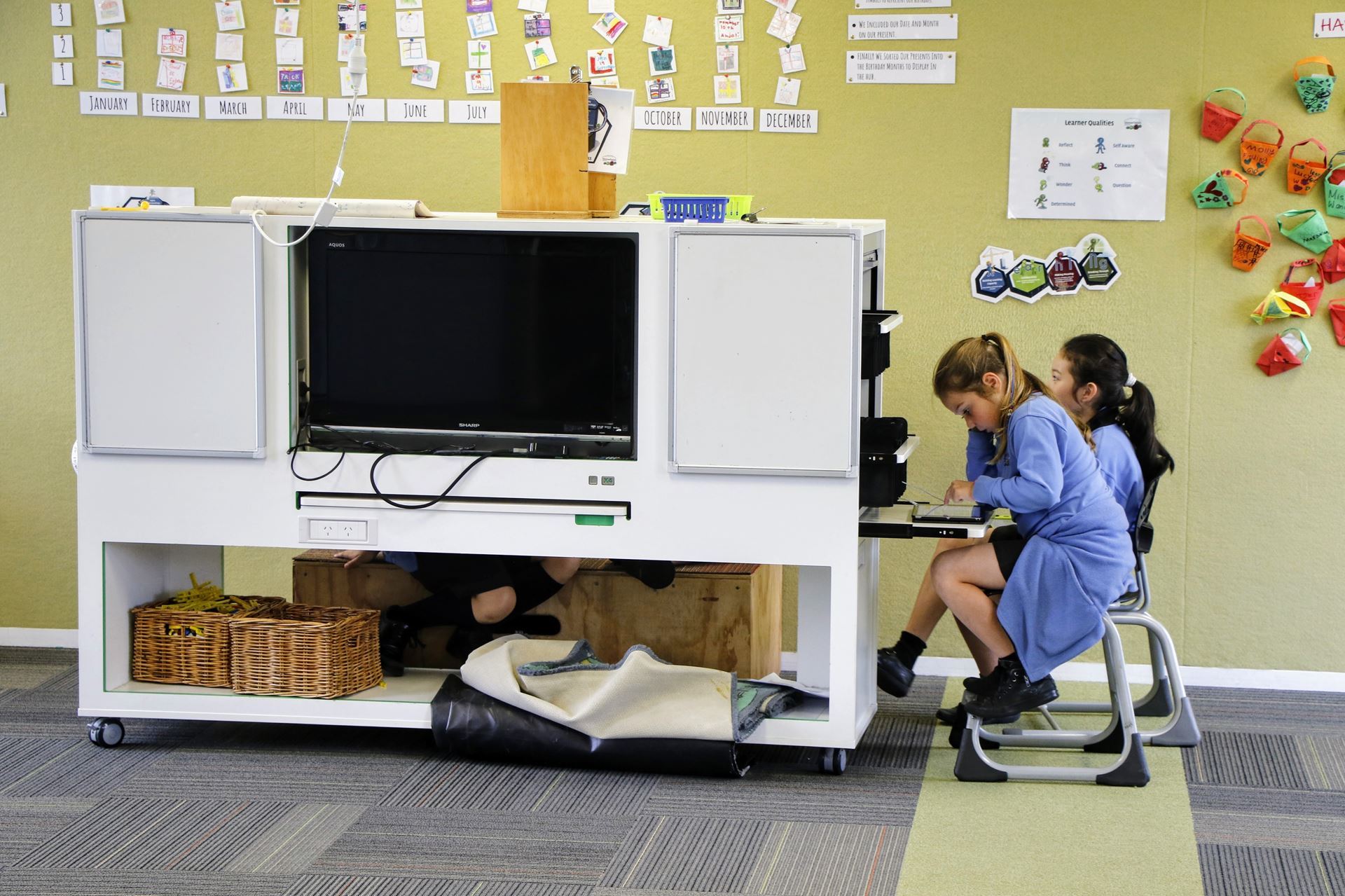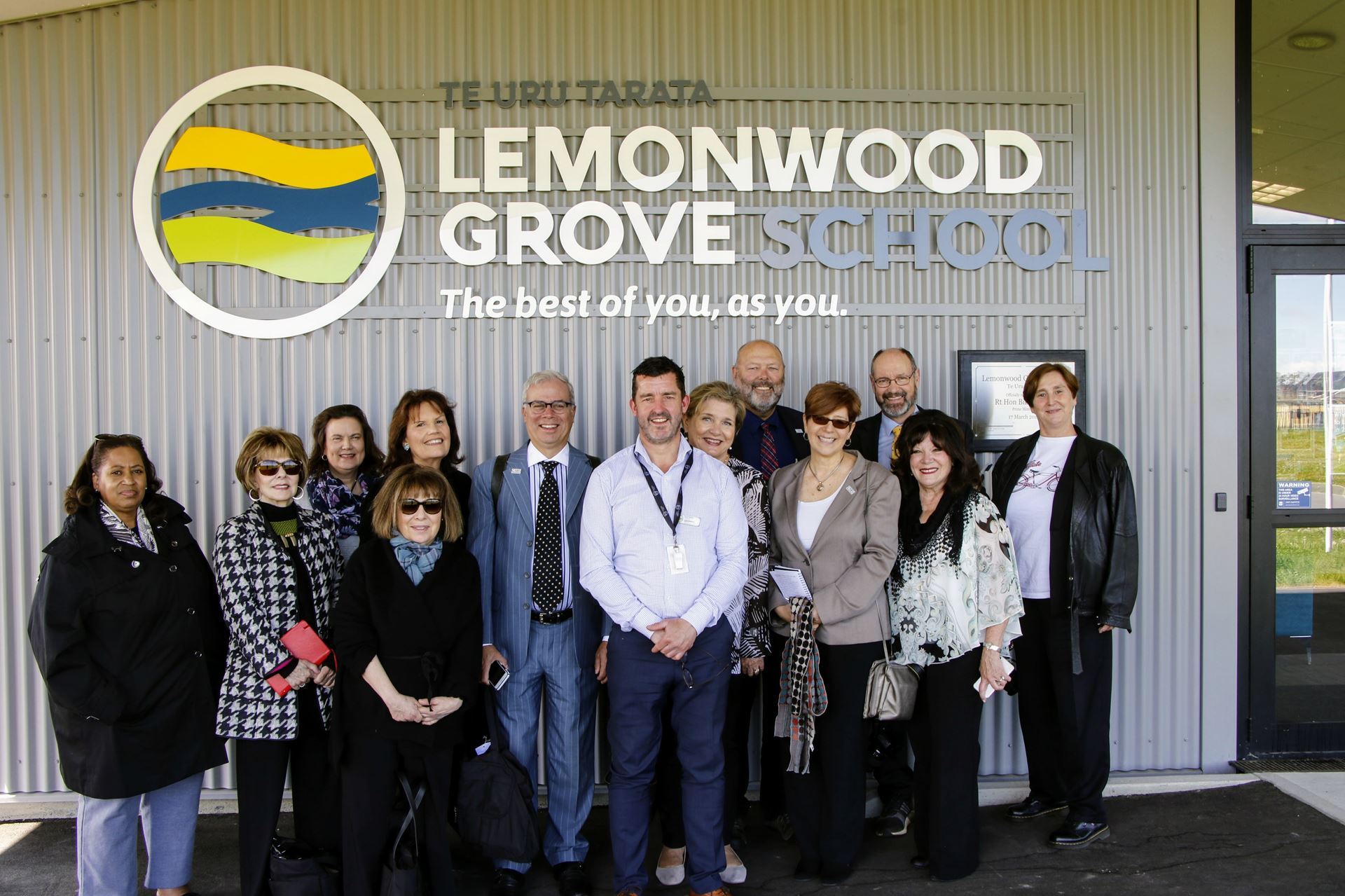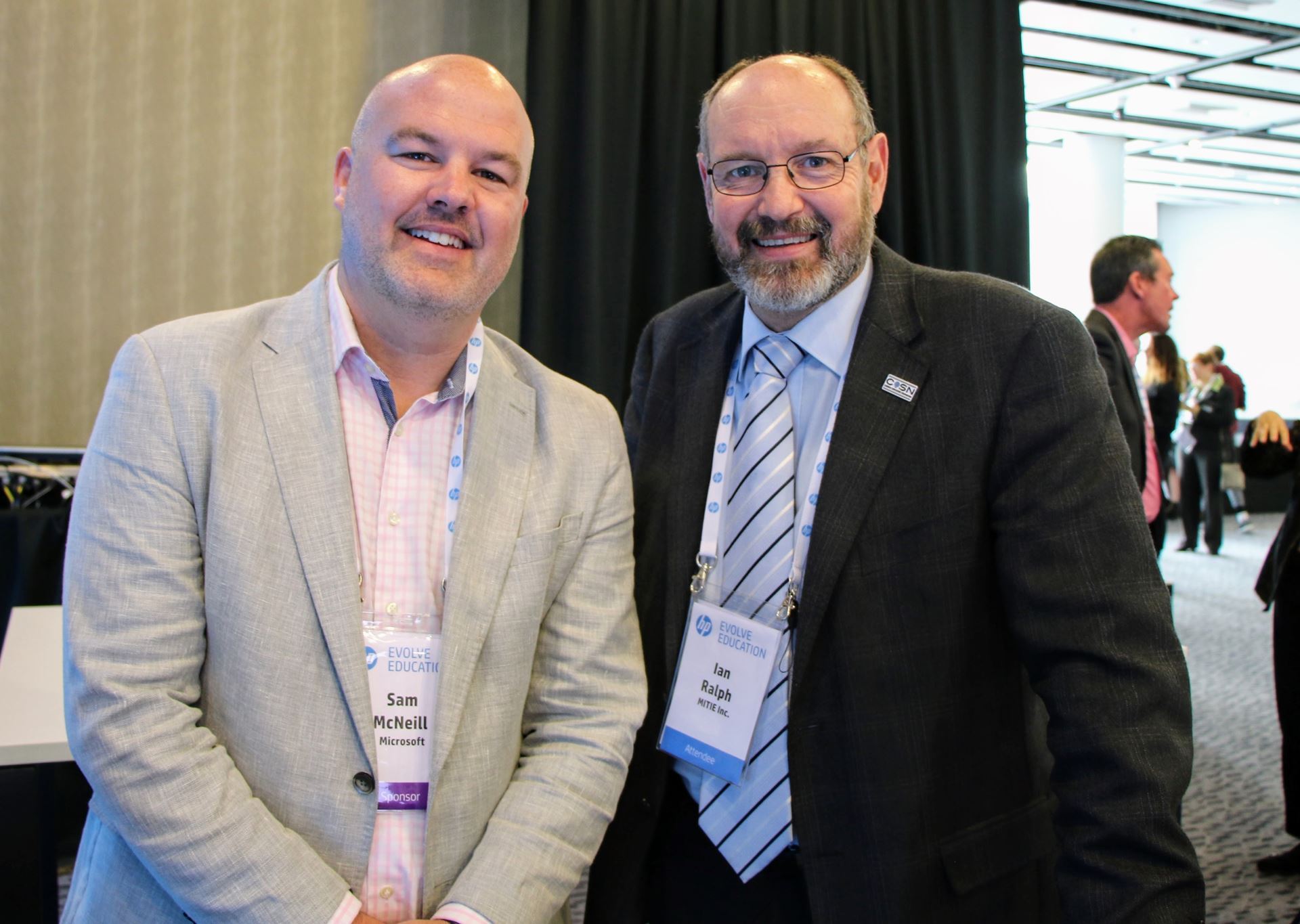In October 2017 I accompanied a delegation of CoSN members on a week long tour of New Zealand. The event was a wonderful opportunity to understand what makes the NZ education system one of the best in the world.
Using disaster as opportunity to rethink
At the 2011 AISNSW ICT Leadership and Management Conference Paul Rodley from Christ's College in Christchurch New Zealand spoke about what it means to really put a disaster recovery and business continuity plan into action. Paul had been involved in rescuing servers from underneath an unstable, earthquake damaged building and restarting them in his garage so that his school could assess contact details for staff, students and the broader community. I recall the conference delegates listening intently as Paul described the very real risks he and his colleagues took retrieving those servers and the things they had to do to access and distribute their data.

Up until we heard that presentation I don’t think many of my Australian ICT Director peers realised how important disaster recovery and business continuity planning really is. Afterwards many of my colleagues and I returned to our schools, dusted off our DR/BCM plan and looked it with fresh eyes, or if we didn’t have one, soon began to craft one with a real sense of urgency. Some attribute the phrase “never let a good crisis go to waste” to Winston Churchill. Whether he said it or not, the fact remains that many schools in Australia are better prepared for potential disaster thanks to the terrible earthquake experiences of our cousins across the Tasman Sea – we didn’t let a good crisis go to waste.
Accessibility to technology
How would you configure technology in large open-plan learning spaces designed to accommodate 40 to 60 students and 4-5 teachers in as flexible a format as possible? What’s more the spaces are ultra-configurable with the walls being the only things that don’t move - and in some spaces that’s only partly true. The solution the ingenious Kiwis have come with up at Stonefield School near Auckland, is to provide their technology with wheels - and that doesn’t mean wheels for each iPad or computer, but wheels for the storage and recharge units. Each unit can be wheeled into place to form an alcove or nook, placed out of the way against a wall or trundled to where the students happen to be working. And while you’re at it, why not equip the device storage and recharge unit with cupboards whose doors serve as mini whiteboards or slide back to reveal a large screen TV and sound system. Students on both sides of the unit can work on their own projects without interfering with each other’s learning. A truly remarkable use of space and very clever design!
 A rolling technology hub at Stonefield's School near Auckland N.Z.
A rolling technology hub at Stonefield's School near Auckland N.Z.
Sarah Martin, Principal of Stonefield School, when asked about student’s access to technology replied that “tech is an extension of who kids are, we don’t event talk about it as a thing”. But the School does think about the best way to provide students with the technology that they use on a daily basis. Stonefield has a 1:1 program across the school charging parents around $3.50 per week or a one-off charge of $500 for iPads in years 1-3 and Chromebooks in years 4-8.
In an innovative collaboration with some tech-savvy parents from the school, Stonefield has developed the Schooltalk (https://schooltalk.co.nz/)planner that helps students “plan, learn and reflect in efficient and transparent ways.” This software provide students with a clear graphical view of their learning so that they know what learning has been achieved, see new learning plans on the calendar, and add your own learnings. Parents see the goals of the learning for every activity, find out how they can help, they are encouraged to assist with home learning using the selected resources as well as to see helpful keywords from today’s learning to engage their child in meaningful conversations. For teachers the software enables them to plan their teaching and their students’ learning, capture evidence of learning and report on progress.
At Lemonwood Grove School, the principal Sean Bailey said that ICTs are not given special status at his school explaining that there is no special ICT budget and that it is simply integrated as a tool. Sean was much more excited to talk about the way the school uses skylights to provide natural lighting, LED lights are used when needed and sensors trigger the opening of high-level windows to bring in fresh air when CO2 levels get too high. The ICT device ecosystem is varied with MacBooks, iPads and Chromebooks in the school provided fleet for use by the School’s initial enrolment of 150 students. On the software side Google Docs with management provided by Hapara (https://hapara.com/) – a New Zealand born innovation – along with Google Classrooms.

The CoSN NZ delegation
A local's presepective
While in Auckland I spent some time talking to Sam McNeill who, before working for Microsoft in Auckland, was an ICT Director in New Zealand Schools. Sam told me that NZ never really went down the school/government provided 1:1 model like some parts of Australia did during the Australian Government’s Digital Education revolution. Instead NZ leaped from “computer labs” to BYOD accompanied by much thinking around pedagogy and device usage in the classroom. Sam tells me that he’s seen better “device programmes” in Australia, but in comparison to NZ the Australian approach had a “hands off” approach around the pedagogy. He says that given the relative lack of devices early on, many schools in NZ thought very hard about how best to integrate them into the teaching and learning.

Sam McNeill and Ian Ralph at HP's Evolve Education event in Auckland
Supporting the pedagogically sound use of IT in the classroom is the Network 4 Learning (N4L) https://www.n4l.co.nz/ programs. These aim to provide EVERY school, both city and rural, with good core network infrastructure and free fibre to the door. Sam says that while N4L has had its critics it means schools have good connectivity and is cited as one reason G Suite and O365 have really taken off in New Zealand schools. And what’s really amazing is that N4L is essentially “free” to schools. “It’s forward thinking and aimed to help remove the barriers of connectivity to the WWW for students/teachers. I know many schools overseas that are envious of this level of investment in schools.” says Sam.
Ian Ralph